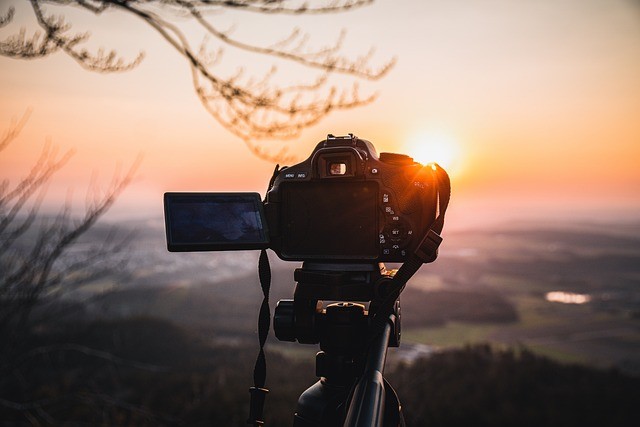Photography is a craft developed by comprehending the complex settings on your camera; it’s more than just pointing and shooting. Understanding one of the most important controls—the shutter settings—is frequently the key to turning your images from ordinary snapshots into breathtaking pieces of art. Your ability to manipulate shutter settings will determine the caliber and tone of your photos, regardless of whether you’re using a high-end DSLR or a competent mirrorless camera.
The Role of Shutter Settings in Photography
Fundamentally, the shutter of a camera is a mechanical or electrical barrier that regulates the amount of time light passes through the lens and reaches the sensor. Exposure time, or the amount of time the sensor is exposed to light, is determined by this straightforward but effective function. More light is caught the longer the shutter is open; on the other hand, a faster shutter speed results in less light entering the camera.
The majority of contemporary digital cameras include automatic settings that change the shutter speed for you. However, mastering manual shutter settings gives you access to a plethora of artistic options that let you adjust exposure and produce one-of-a-kind effects that suit your style.
Shutter Speed and Its Impact
Fractions of a second are used to measure shutter speed, ranging from 1/8000 (extremely quick) to several seconds (slow). When determining how motion appears in your photographs, these settings are crucial:
- Fast Shutter Speeds (e.g., 1/1000s or higher): Clearly freeze activity with a razor-sharp focus. Fast shutter speeds work best in bright light, making them perfect for sports photography or catching a hummingbird’s wings in mid-flight. What’s at stake? For balanced exposure, there must be enough ambient light or a high ISO because less light reaches the sensor.
- Slow Shutter Speeds (e.g., 1/30s or slower): Add motion blur to create dynamic effects. This is ideal for nighttime photography of cityscapes or waterfalls, where the narrative of the picture is enhanced by a sense of movement. However, utilizing a tripod or stabilizer is essential because reduced shutter speeds make your camera more prone to catching shake.

Pairing Shutter Speed with Aperture
In order to function, shutter speed must cooperate with aperture, or the size of the lens opening. This collaboration affects depth of field, or how much of your scene is in focus, and regulates the quantity of light that reaches the sensor. For example:
- Fast Shutter Speed, Wide Aperture (e.g., 1/1000s with f/2.8): Shallow depth of field freeze action allows you to isolate the subject against a gorgeously blurred background.
- Slow Shutter Speed, Narrow Aperture (e.g., 1/4s with f/16): Use deep focus to capture fine details in landscape photos while maintaining sharpness from foreground to background.
Mastering Long Exposure Techniques
Long exposure photography is a mesmerizing technique for creating spectacular images from ordinary surroundings. Shutter speeds of a few seconds or even minutes can be used to create smooth water effects, star trails in the night sky, and light trails from autos. Light balancing is key here; to prevent overexposure, use a tiny aperture (high f-stop) in conjunction with a low ISO setting. For regulating light in long exposure photos taken during the day, a neutral density (ND) filter may be your greatest ally.
Shutter Speed and Creative Challenges in Low Light
Shooting in poor light is one of the biggest challenges in photography. Slower shutter speeds are frequently required in these situations, but they carry the risk of motion blur and camera shake. To counteract this:
- To stabilize your camera, use a tripod.
- If your lens or camera body includes image stabilization features, try them out.
- To avoid movement when hitting the shutter, use a camera timer or a remote shutter release.
Advanced Features for Shutter Control
Numerous sophisticated cameras have “B” (bulb) and “T” (time) settings that provide more human control:
- Bulb Mode: Suitable for extremely long exposures, Bulb Mode keeps the shutter open for as long as you press the button.
- Time Mode: Without holding the button down, Time Mode allows you to adjust the exposure time by opening the shutter with one press and closing it with another.
Conclusion: Shutter Mastery Transforms Your Photography
Understanding shutter settings is crucial whether you’re painting with light through long exposure or capturing a once-in-a-lifetime moment. You can control light and motion and create images that tell captivating stories by knowing how to balance shutter speed, aperture, and ISO.
Accept the learning curve as you go deeper into this craft. With patience and practice, you’ll be able to use your camera to its full creative potential and produce pictures that have a deeper meaning than just a click.











Comments are closed.